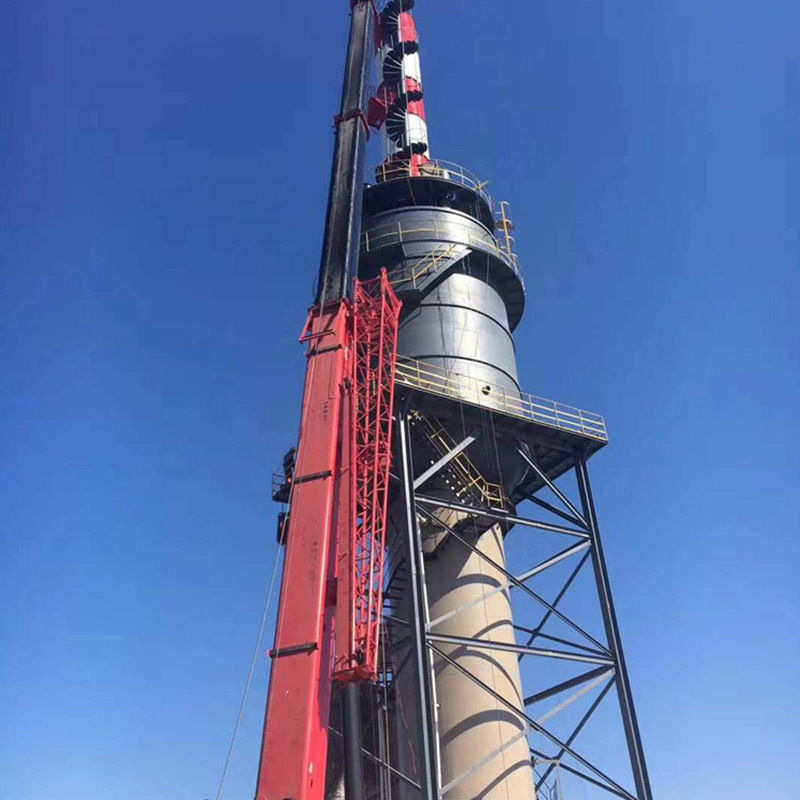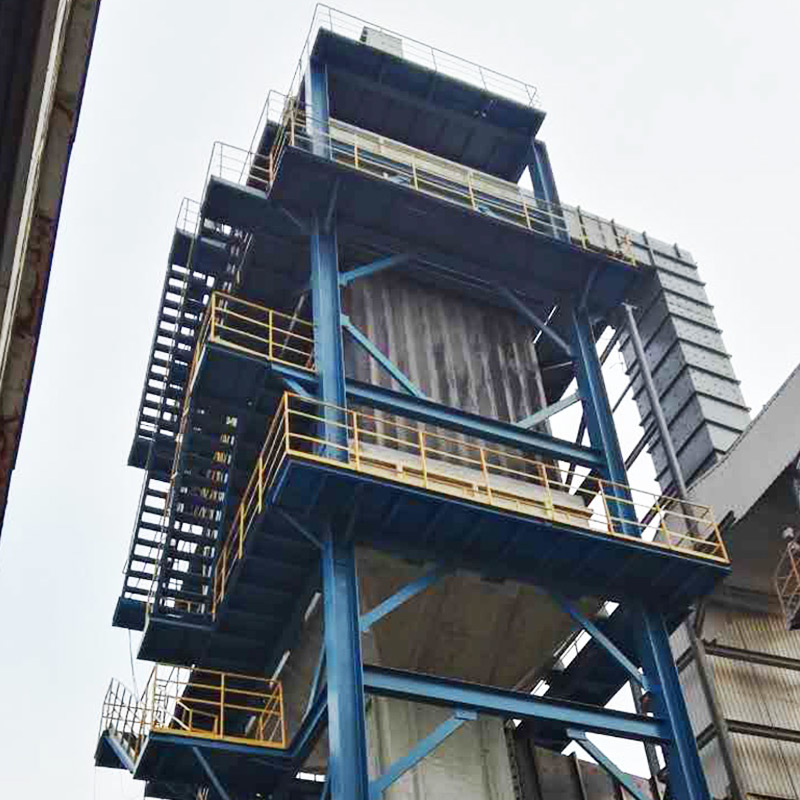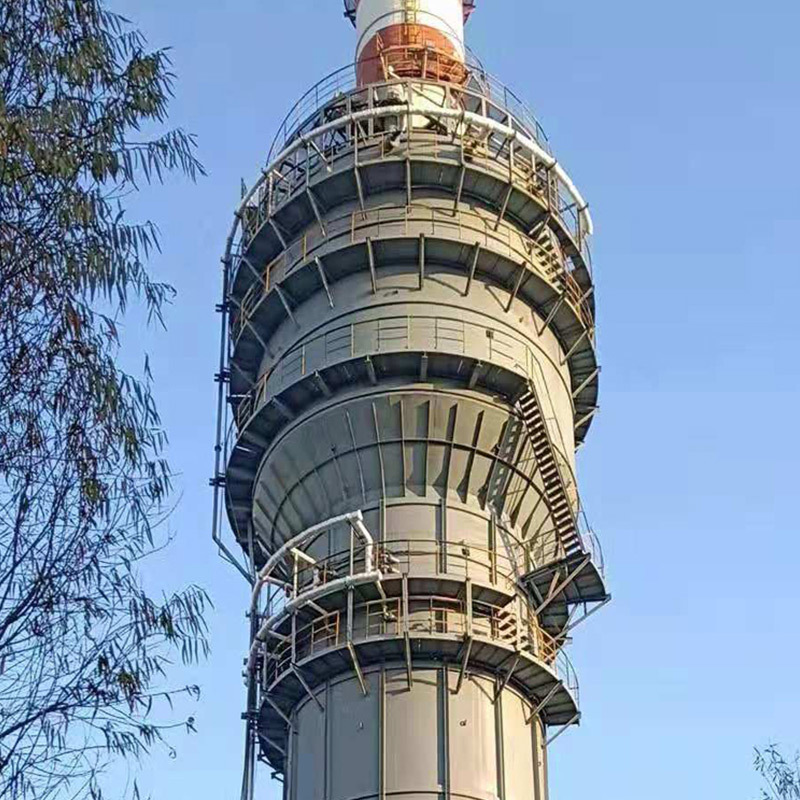

FRP chimney
- Commodity name: FRP chimney
- Detailed description
-
Application
Fiberglass chimneys, after reasonable design, manufacturing, and installation, are used in wet flue gas desulfurization systems and complete equipment. They have obvious technical, economic, and social benefits, long service life, reliable operation, and have been widely used worldwide. Technical and economic analysis is feasible.
Replacing traditional alloy steel with fiberglass, carbon steel is lined with rubber, and carbon steel is coated with resin flakes. The flue gas desulfurization device has the advantages of strong corrosion resistance, long service life, high strength, and energy saving, providing a way to reduce the cost of desulfurization equipment.
Advantage
(1) Excellent corrosion resistance, the smoke contains a considerable amount of HCL, H2S04, and other strong chemicals. The FRP chimney has excellent corrosion resistance performance against these chemicals
(2) Overall structure, without corrosion or weak points
(3) High cost-effectiveness and low lifecycle cost
(4) Long term maintenance free and high temperature resistance performance
(5) The product has strong designability and can be customized according to different customer needs.
Structural Style
1. Concrete inner lining fiberglass chimney form
Mainly used for the inner tube of concrete chimneys with a smoke emission height of 100-200mm. In this construction, the high temperature and corrosion resistance characteristics of fiberglass are fully utilized. The concrete chimney provides support, and one concrete chimney is covered with one fiberglass inner tube, or two or three fiberglass inner tubes, depending on the owner's design and requirements.
The inner tube of the fiberglass reinforced concrete sleeve adopts a segmented wall hanging structure. Embed steel structures in concrete chimneys as support systems. Generally, 30-50 meters are divided into sections, and each section is connected by expansion joints. A guide support is designed every 15 meters.
Step 1: Use a flatbed truck to transport the pipe section of the first chimney inner tube to the bottom of the chimney.
Step 2: Connect the inner tube section of the first chimney to the lifting sling, and lift the bottom of the tube section to the height of the connecting platform.
Step 3: Use a flatbed truck to feed the inner tube of the second section of the chimney and adjust its position to align with the first section.
Step 4: Complete the docking and production of the second and first paragraphs. Dismantle the suspension rope on the first section and use the silk fitting ring from the second section to lift the first and second sections.
Step 5: Lift the connected first and second sections to the position of the connecting platform.
Step 6: Connect the new pipe section to the above pipe section. Repeat steps three to five.
Step 7: Adjust the upper and lower positions of the inner cylinder through the lifting device, so that the support pipe section fits and is fixed with the support steel platform.
2. Outer jacket steel structure fiberglass chimney form
The design height of the jacket steel structure fiberglass chimney is generally below 100 meters, and it is usually combined with the desulfurization tower. The chimney is directly placed on the outlet of the desulfurization tower.
The design of this chimney does not require segmentation, and the weight of the chimney can be directly transmitted to the desulfurization tower, or it can be designed to transmit the weight of the chimney to the steel frame. If the weight of the chimney is borne by the steel frame, then the chimney needs to be segmented. Expansion joints can be used to connect each section.
Installation Steps
(1) Prefabrication of fiberglass chimney and steel support
(2) Segmented lifting and fixing of carbon steel brackets
(3) Synchronous segmented lifting and fixing of fiberglass chimney
key word:
Get a quote









